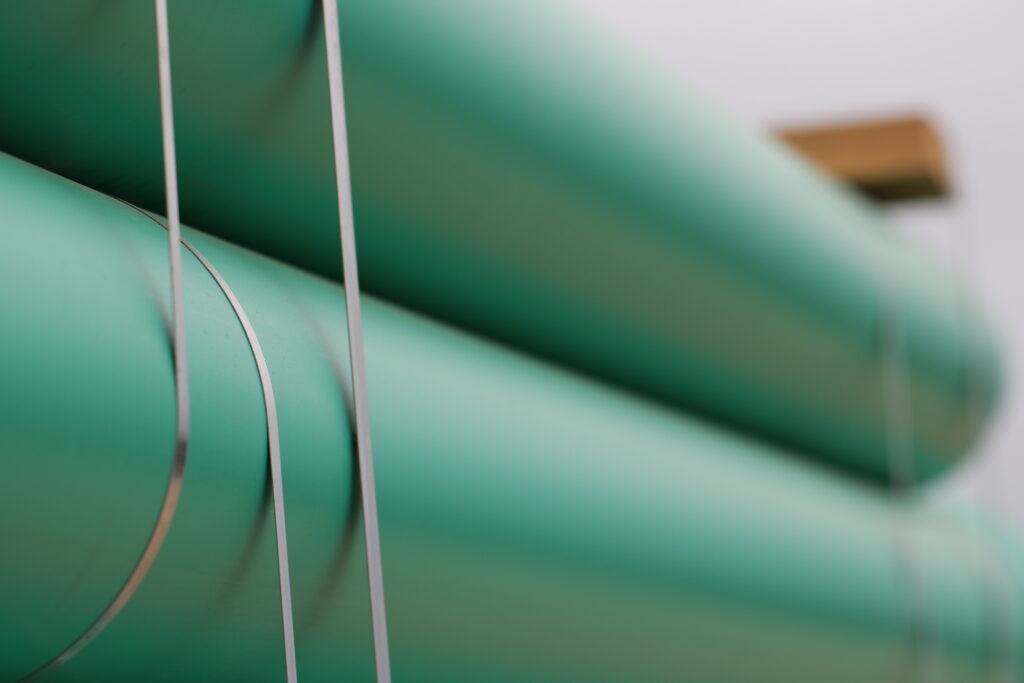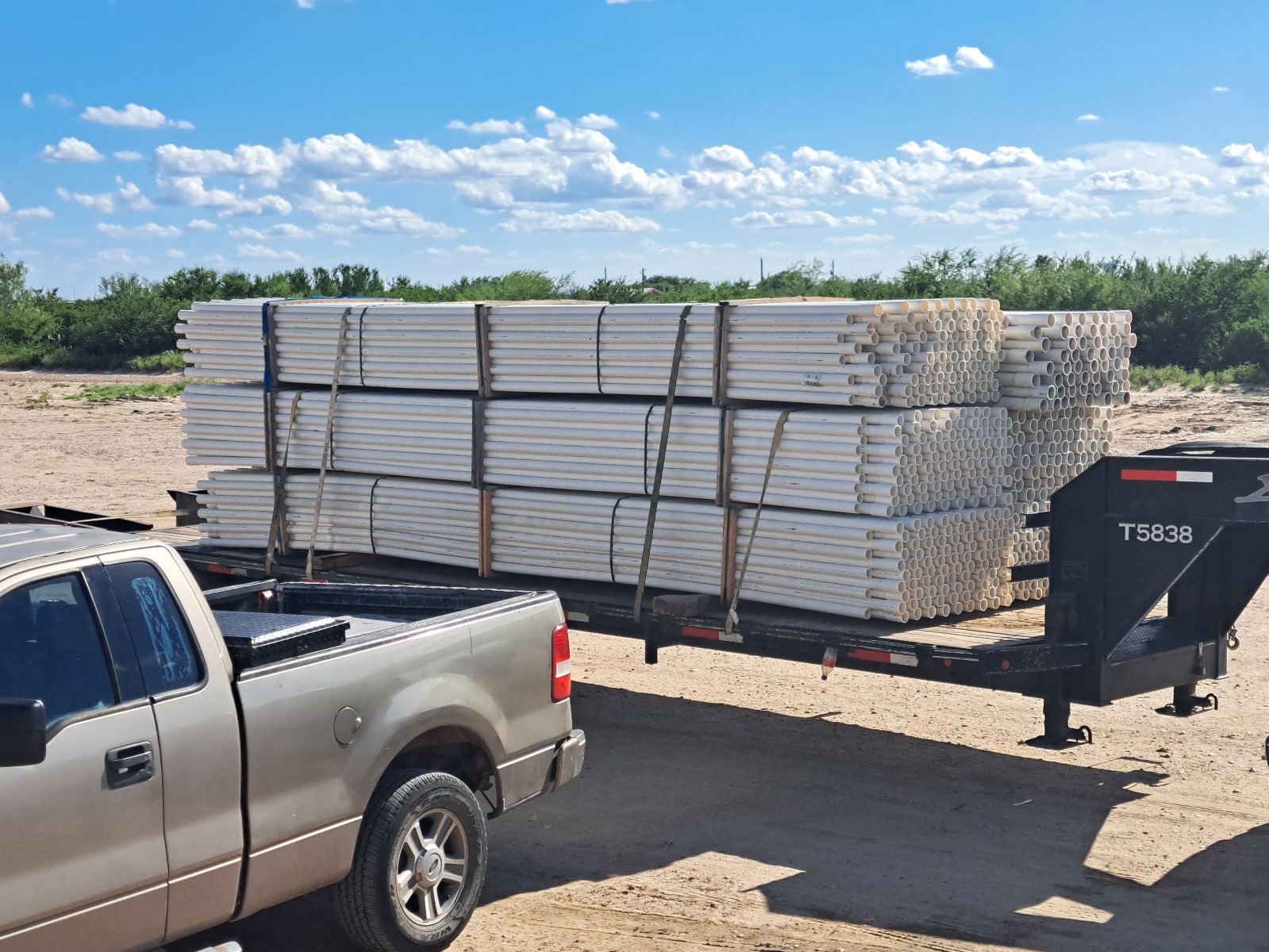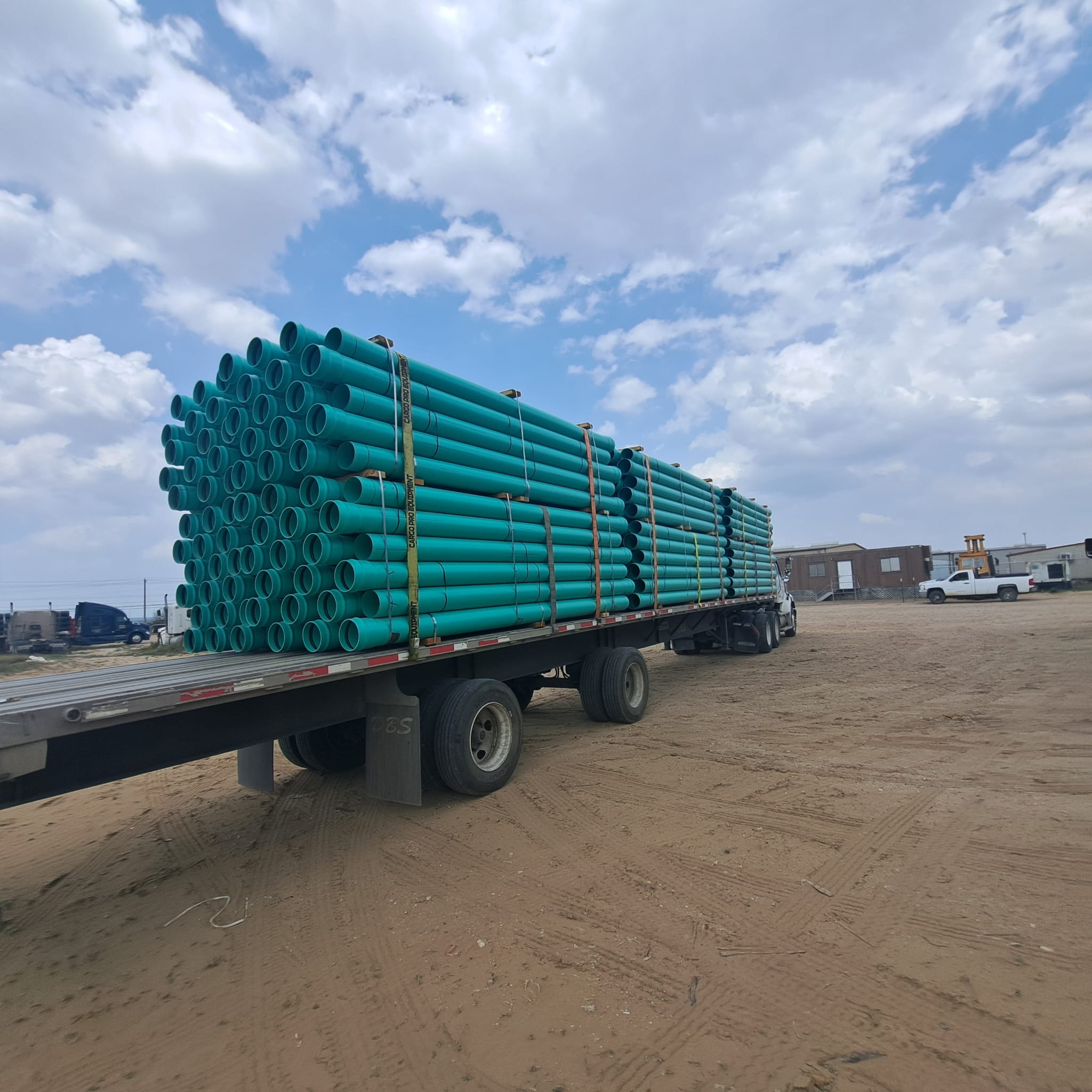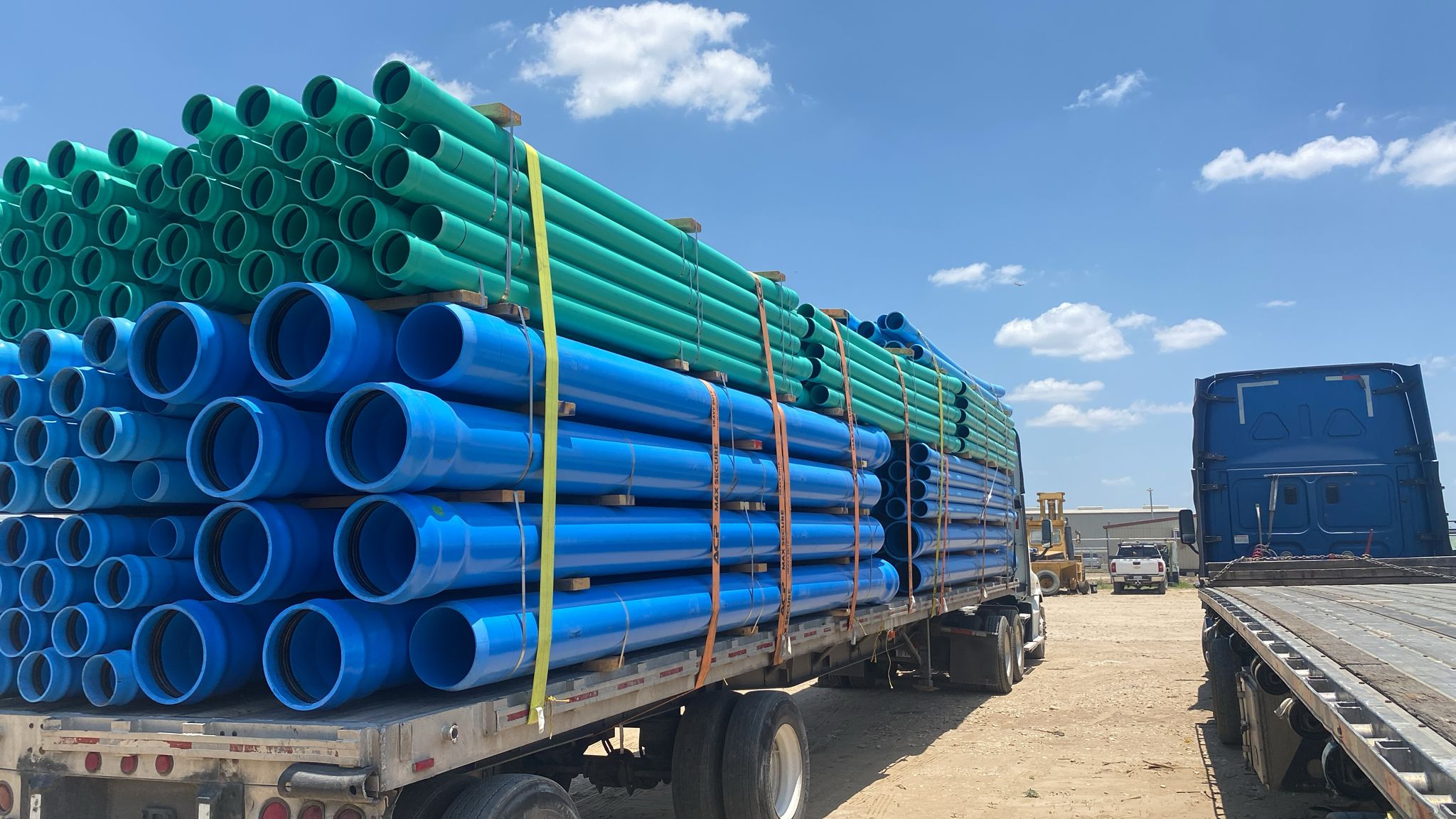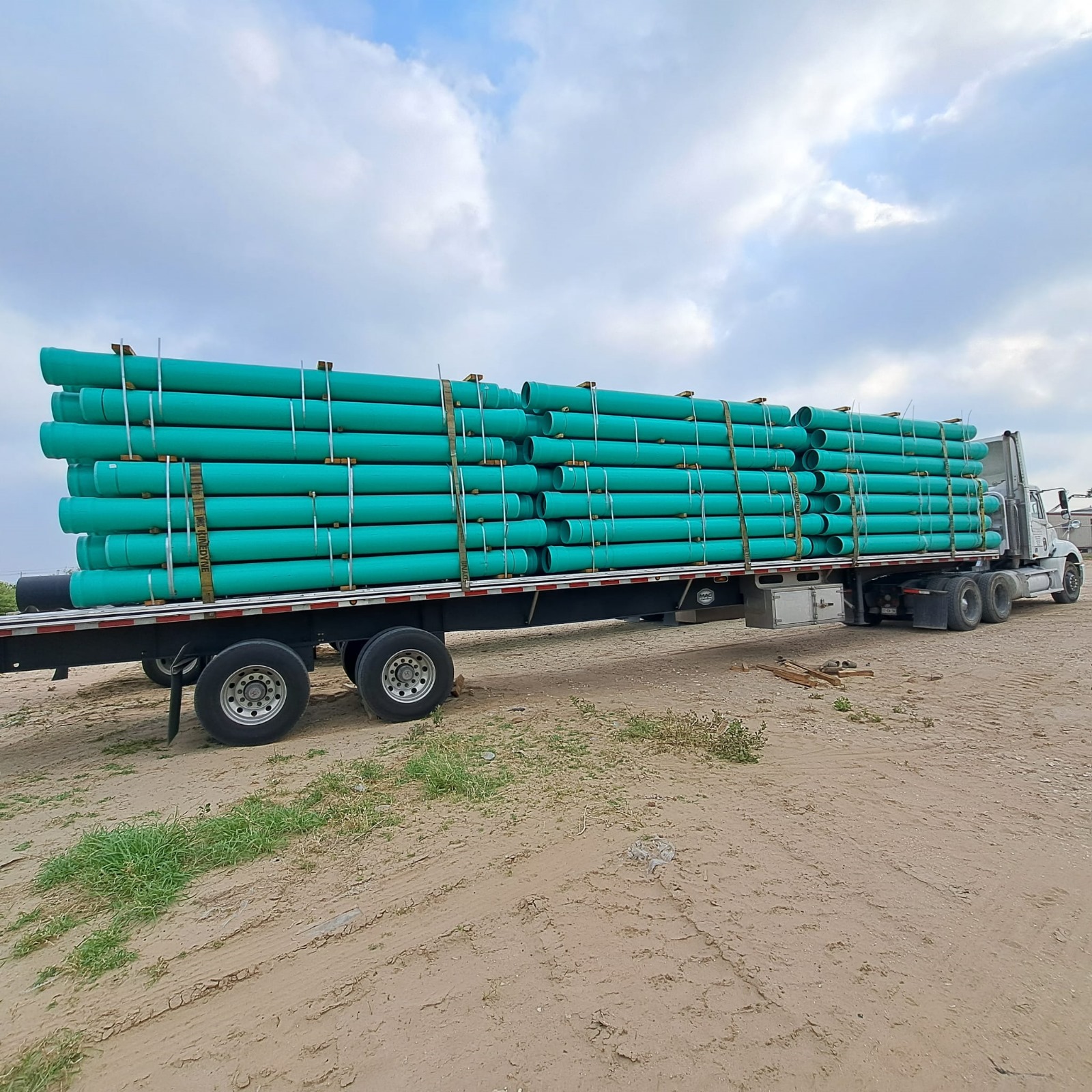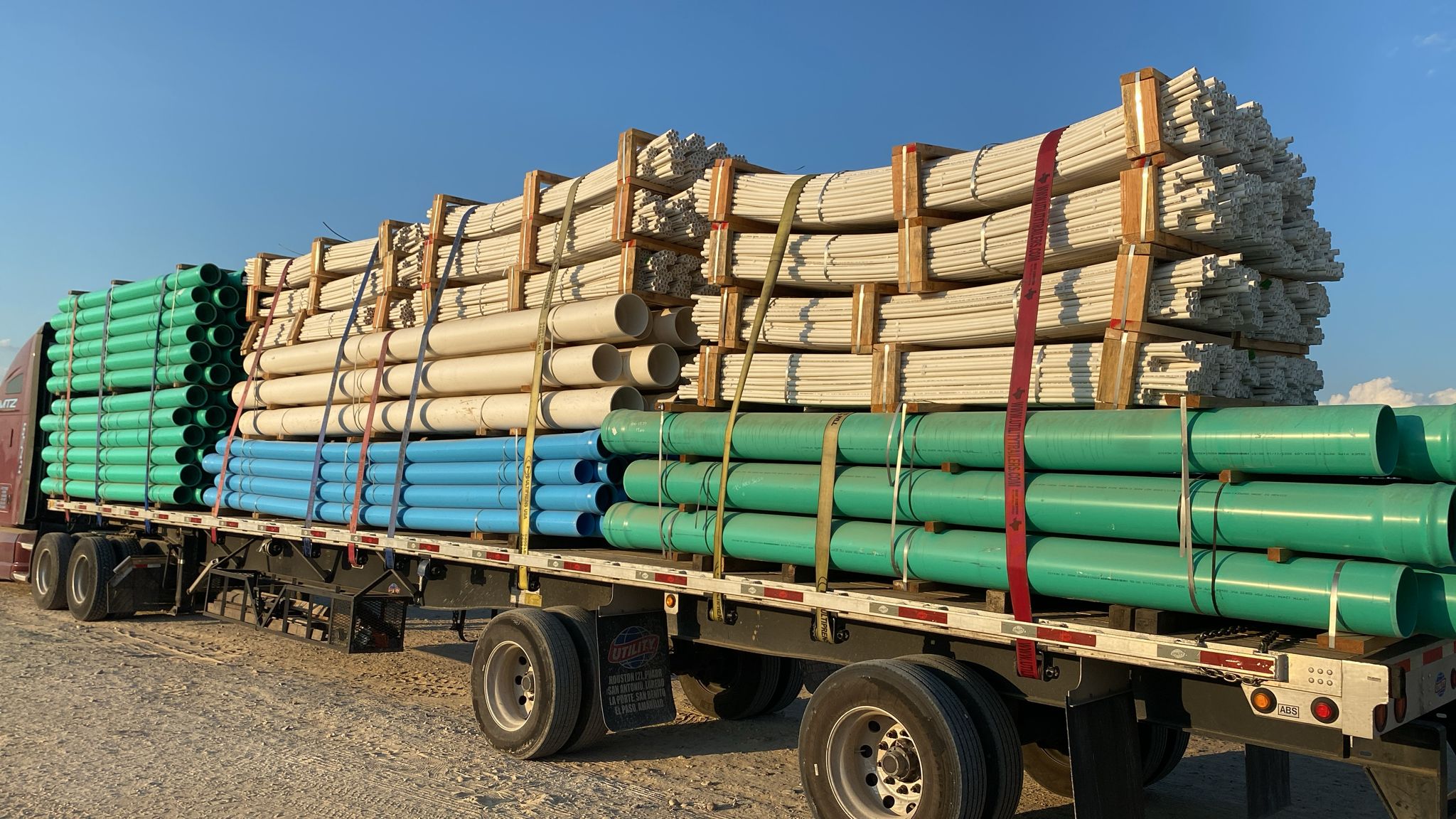Introduction: Unearthing the Heritage of Plastic Pipes
At GP Distributors, you’re familiar with our focus on PVC vs. HDPE trends, durability factors, and infrastructure applications. What hasn’t been explored is a deeper historical narrative—how plastic pipe technology evolved, the pivotal breakthroughs driving industry-wide change, and how that legacy informs our modern commitment to excellence.
This blog delves into a century-long evolution: the chemical discoveries that made PVC possible, the leap to durable HDPE, and the innovations fueling today’s high-performance pipe systems. We’ll illustrate how GP Distributors stands on this history, offering superior piping to contractors, engineering firms, and municipalities across Texas and beyond.
1. The Early Days: Revolutionary Plastics and the Birth of PVC
a) Mechanical Beginnings: PVC’s Accidental Origins
Polyvinyl Chloride (PVC) was first synthesized in the 1870s, but early researchers considered it a nuisance—a sticky byproduct. It wasn’t until the 1920s and ’30s that German companies like B.F. Goodrich and I.G. Farben began developing PVC into a practical thermoplastic. By the 1930s, PVC had transformed into a pipe-ready material: chemical-resistant, non-corrosive, and lightweight.
b) Mid-Century Growth: PVC Replaces Traditional Materials
Following WWII, PVC pipes became mainstream across plumbing and industrial use. Why?
-
Cost Efficiency: Cheaper than copper or iron.
-
Ease of Handling: Lighter weight meant easier installation and lower transportation costs.
-
Resilience: Resistant to chemicals, corrosion, and microbial damage.
By the 1950s and ’60s, municipal water systems in Europe and North America began specifying PVC for larger-scale installations—ushering in a new era of reliable, low-cost infrastructure.
2. Enter HDPE: Flexibility and Strength Redefined
a) High-Density Polyethylene’s Emergence
In the 1950s, innovation in synthetic materials brought HDPE onto the scene. It offered enhanced impact resistance and remarkable flexibility—traits that opened doors to applications beyond PVC’s static capabilities. Engineers realized HDPE could handle shifting ground in seismic zones or resist corrosive soils—ideal for underground installation.
b) Fusion Joints and Leak Prevention
A game-changer arrived in the form of butt-fusion and electrofusion joining techniques. Unlike solvent-cemented PVC, HDPE’s fused joints created monolithic, leak-proof connections. This dramatically lowered maintenance costs and boosted system longevity. These advancements made HDPE the go-to for:
-
Water distribution in unstable soils
-
Natural gas conveyance
-
Trenchless underground projects
-
Sewer and stormwater systems
3. From Pipes to Systems: The Rise of Engineered Solutions
a) Specialty Chimneys and Micro-Irrigation
Beyond water and gas, plastic pipes found innovative homes:
-
PVC reinforced chimneys gained popularity in the ’70s and ’80s as cost-effective alternatives to metal.
-
Micro-irrigation boom: Drip tubing for agricultural efficiency leveraged flexible PE.
GP Distributors recognizes these system-level benefits. That’s why you won’t just find pipe lines—you’ll find intelligent solutions tailored to niche applications.
b) Multi-layer and Composite Piping
The late 20th century introduced composite pipes: metal–plastic hybrids and EVOH-layered structures offering high pressure and temperature resistance. Although less common in GP’s PVC/HDPE range, these innovations have pushed performance boundaries—and informed best practices.
4. Industry-Wide Impact: Environmental & Regulatory Shifts
a) Regulation Sparks Innovation
Critical environmental concerns—like corrosion corrosion and lead leakage—drove regulators to phase out cast-iron and lead-lined pipes in the mid-to-late 20th century. PVC and HDPE surged in relevance due to their inert nature and DVGW/NSF‑61 certifications.
b) Green Credentials and Carbon Savings
Plastic pipes carry a lower carbon footprint than steel or cement alternatives. They’re recyclable too. GP Distributors features PVC and HDPE pipes not just for performance, but for sustainability. Our eco-conscious clients appreciate that — especially in Texas where green construction and LEED compliance hold growing importance.
5. What Modern Plastic Pipes Achieve—and Why GP Distributors Leads the Way
a) High-Durability Context: Heat, Pressure, and UV
Modern PVC/HDPE pipes withstand:
-
Sub-freezing temperatures (HDPE’s flexibility prevents cracking)
-
High heat (HDPE is rated for 140°F continuous temperature)
-
UV exposure (engineered resins resist degradation)
Every one of GP’s distributed pipes carries these high standards, ensuring confidence in harsh conditions.
b) Trenchless Installation and Directional Drilling
HDPE became the workhorse of trenchless projects. Its flexibility lets installers use directional drilling for utility placement—with minimal surface disruption. GP Distributors supplies HDPE lengths ideal for Houston stormwater projects, West Texas gas lines, and beyond—all adhering to fusion-ready standards.
c) Long-Term Cost Savings
Between joint integrity and lifespan exceeding 100 years, PVC and HDPE systems offer unmatched lifecycle value. That’s why GP’s municipal, commercial, and agricultural clients rely on us—to ensure durable and budget-smart installations.
6. A Glimpse Ahead: Emerging Pipelines of the Future
a) Smart Piping and IoT Monitoring
Pipeline systems aren’t getting left behind—GP Distributors stays ahead by tracking industry trends:
-
Smart sensors for real-time pressure and leak detection
-
Integration with SCADA systems, ensuring proactive diagnostics
Imagine combining GP’s PVC/HDPE pipe with embedded monitoring intelligence—a leap toward infrastructure resilience.
b) Bio-based and Recycled Resin Pipes
Sustainability drives demand for pipes made from bio-based PE or post-consumer recycled resin. These materials show promise in applications like greenfield irrigation or eco-conscious subdivisions. GP Distributors actively evaluates these innovations and streamlines distribution of certification-ready products.
c) Ultra-High Pressure HDPE and Beyond
New high-performance plastics—like cross-linked PE (PEX) and high-pressure HDPE pipes—serve oil, gas, and industrial flows. While not yet central to GP’s core lineup, these advancements influence future offerings and provide inspiration for continuous improvement.
7. GP Distributors: Bridging History, Quality, and Distribution Excellence
a) Texas Roots, National Reach
Since 2021, GP Distributors has supplied premium PVC and HDPE across Texas, New Mexico, Oklahoma, Arkansas, and Louisiana gpdistributorsusa.comgpdistributing.ca+4gpdistributorsusa.com+4gpdistributorsusa.com+4. Leaning on mid-century pipe heritage, we offer:
-
Full inventory of standard commercial schedules—SCH, C‑900
-
Corrugated HDPE for large drainage
-
Specialty fittings and engineered accessories
b) Quality, Reliability & Fast Delivery
-
Holding inventory near major corridors—like Lakeline Blvd in Leanderinstagram.comgpdistributorsusa.com+1gpdistributorsusa.com+1—lets GP ensure low lead times.
-
Partner factories in Mexico and the U.S. maintain consistent quality control.
-
GP’s customer-first logistics ensures contractors receive accurate deliveries—every time.
c) Expertise That Makes a Difference
Our team doesn’t just distribute pipe—we guide projects. Drawing from the long industrial lineage of plastic pipe, we:
-
Recommend material selection (PVC vs. HDPE vs. composite)
-
Support fusion techniques for leak-proof installations
-
Offer training sessions on best practices and code compliance
8. Case Studies: Real-World Applications of Pipe Innovation
a) Stormwater Systems in Flood-Prone Counties
A Central Texas county replaced failing corrugated metal pipes with HDPE. Benefits included:
-
Fused HDPE joints eliminated infiltration.
-
Trenchless directional drilling minimized disturbance.
-
Project completed on time and under budget, with tenured GP support.
b) Residential Water Reticulation in Urban Growth Zones
Developers installing PVC C‑900 tapped GP’s stock near Austin. Local deliveries and just‑in‑time fulfillment allowed them to:
-
Maintain inventory levels
-
Avoid storage overage
-
Install efficient water mains under compressed schedules
c) Industrial Water Treatment Plant Upgrades
GP distributed HDPE pipe requiring aggressive chemical resistance and high-temperature rating. The plant reported:
-
Zero leaks post-fusion
-
Chemical compatibility during plant cleaning
-
100‑year design lifespan compliance
9. Why this History Matters to You
Understanding this industrial history explains why plastic pipes play an outsized role today:
-
They’re the product of over 100 years of material science and field validation.
-
Innovations—such as HDPE fusion and trenchless installation—stem directly from industry pioneers.
-
GP Distributors isn’t just delivering pipes; it’s curating time-tested, forward-looking solutions shaped by decades of engineering.
Conclusion: A Legacy You Can Build On
The history of plastic pipes reflects a century of transformation—from early PVC’s humble past to HDPE’s flexible future. Modern developments hint at smart infrastructure and sustainable pipelines yet to unfold.
GP Distributors stands at this crossroads of history and innovation. Drawing from proven industrial roots, we support your work with superior products, knowledgeable guidance, and logistics tailored to Texas-sized projects.
🔍 Interested in upgrading your next infrastructure project? Reach out to GP Distributors—where history meets performance.




